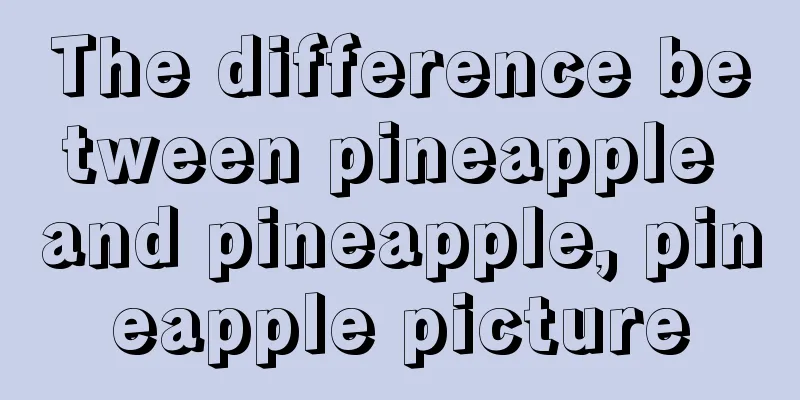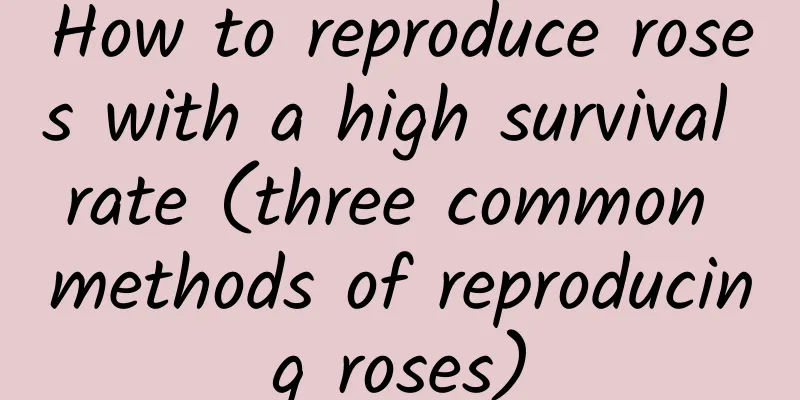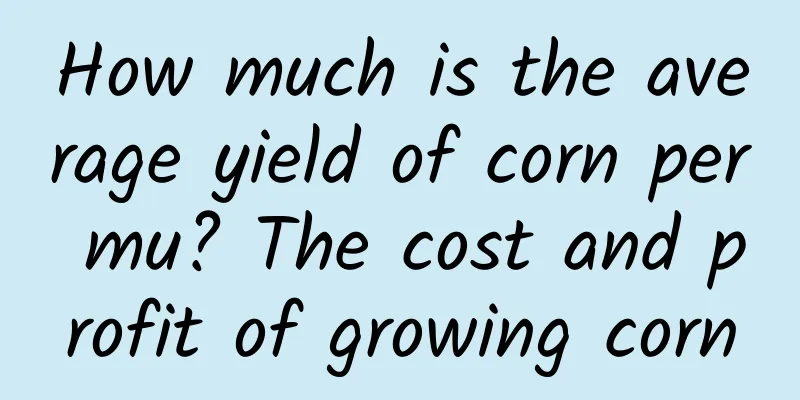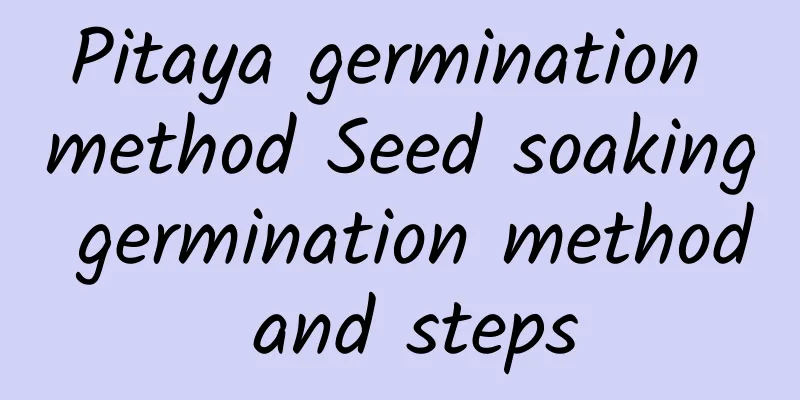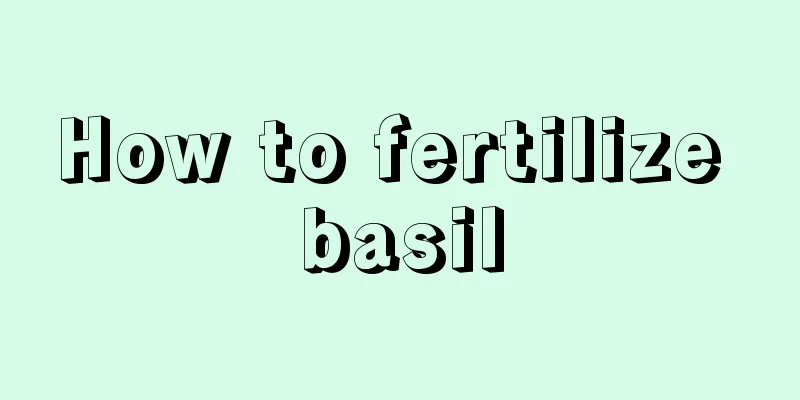Diseases and Pests of Hibiscus and Their Control
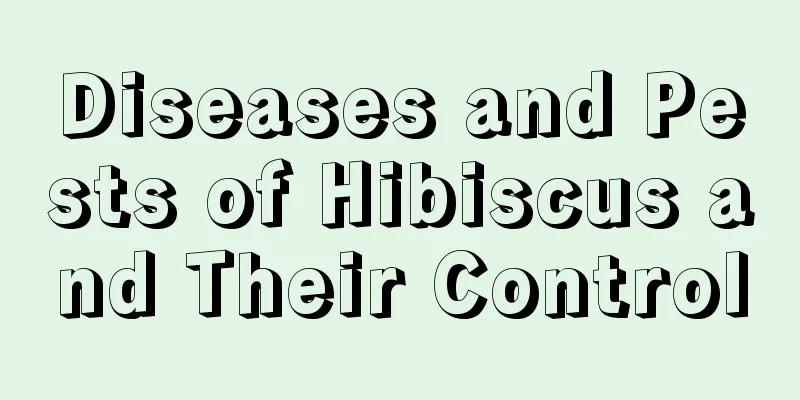
Hibiscus disease controlpowdery mildewPowdery mildew mainly harms the leaves of hibiscus. At first, many small spots will appear on the front of the leaves, which will gradually expand into large white powdery spots. In autumn, small black-brown spots will appear on the white powder. In severe cases, it can cause the leaves to turn yellow and wither, weakening the entire plant. Diseased plants should be burned promptly when found. In the early stage of the disease, they should be treated by spraying drugs, 2000 times diluted 25% oxycarboxin, or 1500 times diluted 70% thiophanate-methyl wettable powder. Hibiscus Pest ControlTussopus horned mothNewly hatched larvae will gather on the back of the leaves to feed on the mesophyll, leaving only the upper epidermis. After the third instar, they will disperse to feed and hibernate under the bark. Mature larvae will spin cocoons and become pupae on the back of the leaves. For prevention and control, you can scrape off the larvae that hibernate under the bark in winter. In early or mid-June, you need to spray pesticides. You can use 2500 times diluted 20% trichlorfon emulsifiable concentrate or 1000 times diluted 90% dichlorvos. Green leafhopperIt mainly harms the leaves, causing white spots to appear. In severe cases, it can cause the entire leaf to turn white and fall off, seriously affecting the growth of the plant. Weeds should be removed around the plants to destroy the places where pests and diseases overwinter. During the peak period of the first outbreak, spray 1500 times diluted 50% carbofuran, 50% chlorpyrifos, pyrethroid insecticides, or 1500 times diluted 50% malathion. Tetranychus cinnabarinusIn the early stage of the disease, the affected leaves appear as small yellow-white spots, which slowly spread to the entire leaf, causing it to turn yellow, curl, and fall off. Spray 1500 times diluted 40% oxydemeton-methyl on the back of the leaves for prevention and control. Other pestsOther insects that harm hibiscus include aphids, red spiders, scale insects, etc., which can be controlled by spraying 100 times diluted 50% DDT, 100 times diluted 50% dicofol, or 2500 times diluted 20% cypermethrin. Pest and disease control is a big lesson we need to learn. I hope the methods introduced above can help everyone. I hope everyone can grow healthy and beautiful hibiscus. |
<<: What are the pests of Milan flowers?
>>: Common pests of Malus chinensis
Recommend
What does mint look like? What are the appearance characteristics and functions of mint?
1. Appearance characteristics Mint is a perennial...
Where does bougainvillea grow? Where does it like to grow?
Bougainvillea growth habits The flowering time of...
Can aloe vera be applied directly on the face? How to apply aloe vera on the face
1. Can it be applied directly on the face? Aloe v...
How to prune wolfberry
Pruning during growth phase Young age pruning Dur...
How to treat yellowing leaves of Dendrobium
1. Reasonable exposure to light Reason: Dendrobiu...
Causes and treatments for yellowing leaves of white palm
1. Too much light 1. Reason: White calla lilies l...
How to judge whether the rose needs watering?
Roses are very hardy and can tolerate cold and dr...
Propagation of the flower
How to propagate the flower The propagation metho...
What are the five trees and ten flowers that attract ghosts?
1. The tree that attracts ghosts 1. Mulberry tree...
How many years does it take for the Buddha's hand tree to bear fruit?
The fruit of the Buddha's hand tree after sev...
Where is the best place to plant pear trees?
Pear tree planting area Pear tree is a common fru...
How to prune grapevines (when and how to prune)
When to prune grapevines The best time to prune g...
What is rice?
1. What is It is an annual plant of the Poaceae f...
Will the green radish die if it is watered too much? What is the watering time?
1. Will I die? Generally speaking, it is not easy...
How to propagate Dendrobium
1. Seed propagation Its seeds are very small, wit...

